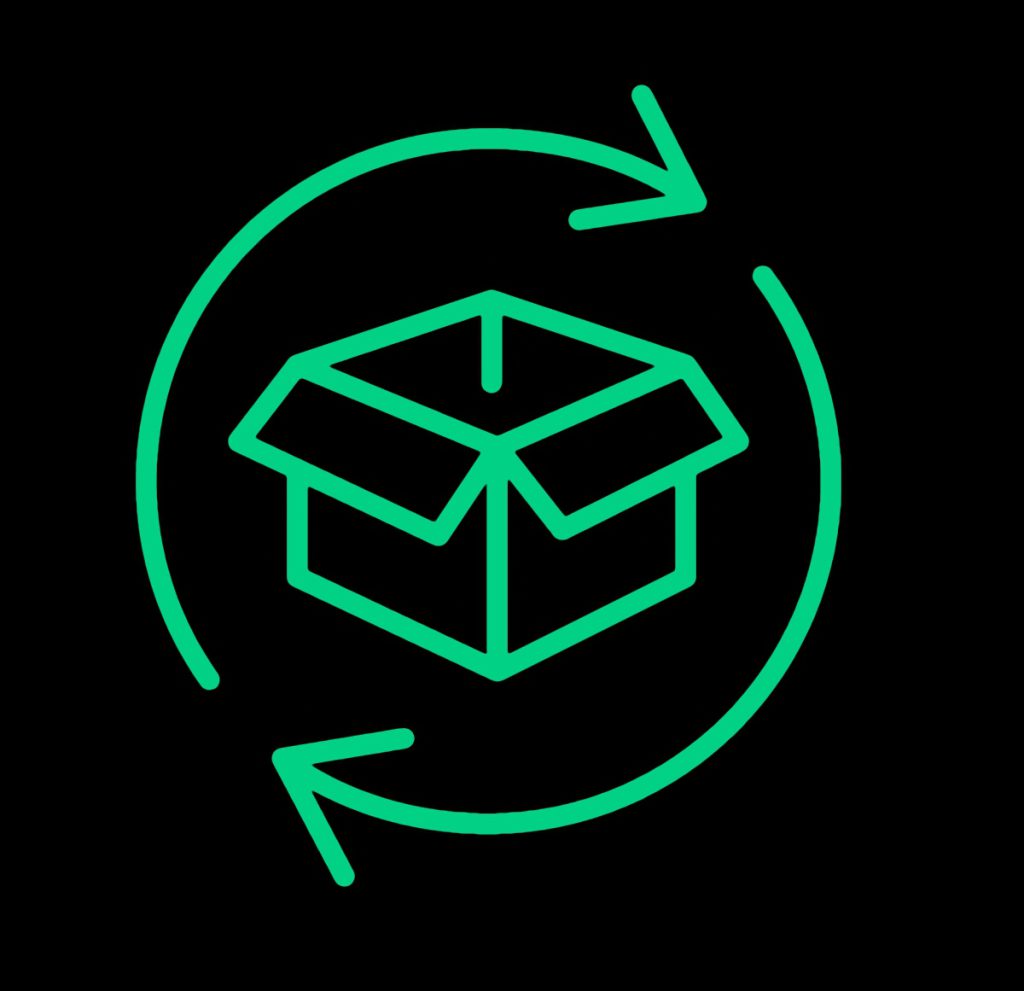Are you making the most of iOS testing frameworks? It’s no secret that Apple’s iOS is one of the most popular mobile phone operating systems on the market. Used exclusively with Apple iPhones, iOS is a Unix-derived operating system known for its user-friendly design and endearing simplicity.
Apple’s software development kit (SDK) allows any app developer to create iOS-compatible apps. However, to ensure app compatibility, developers must first conduct extensive testing.
Traditionally, developers perform this testing using tedious manual processes. But the development of dedicated iOS testing frameworks paved the way for more efficient app testing and development. In this article, we discuss everything you need to know about these frameworks and how they can revolutionize the way you make iPhone apps.
What is an iOS testing framework?
Generally speaking, a testing framework is a tool designed to make app testing more efficient. Testing frameworks offer a viable alternative to traditional manual testing methods that involve lots of code writing.
As you probably guessed, an iOS testing framework assesses the functionality of apps designed for iPhones. Like regular testing frameworks, the iOS variants provide users with no-code or low-code testing tools that expedite app development.
However, an iOS testing framework also includes unique features to assist with iPhone app creation. For instance, top options use Apple’s API to streamline app development further and reduce or eliminate the need for manual coding.
Are dedicated iOS testing frameworks necessary?
If you want to develop apps efficiently for the huge market of iOS users, then a dedicated iOS testing framework is necessary. According to Statista, Apple surpassed the 50% U.S. market share threshold in November of 2022 by 1.4%. In other words, 51.4% of smartphone users owned an iPhone as of Q4 2022.
Google’s Android OS remains in a close second, with just over 48% of the market share as of November 2022. Still, Apple had been steadily gaining ground on Google over the last decade before surpassing it last year. The iOS user base is too big to ignore, so your organization should explore ways to enhance its iPhone app development capabilities.
While it is certainly possible to deliver mobile apps to these users without an iOS testing framework, it is hardly cost-effective or efficient. Besides, a testing framework enables you to identify and resolve bugs, which means you can more quickly deliver a higher-quality app.
An iOS testing framework will help you provide a better user experience and differentiate your products in the crowded Apple App Store.
Benefits of leveraging an iOS testing framework
An iOS testing framework provides undeniable advantages over manual testing processes. By adopting an iOS testing framework, your dev team can:
Save time
Do you ever feel like there are simply not enough hours in the day? You probably experience this often, especially when you must rush to complete projects by client deadlines.
Although there is—sadly—no way to tack a couple of extra hours onto your day, you can lighten your workload with an iOS testing framework. The best frameworks provide powerful testing automation tools that save countless hours and expedite app development.
Ultimately, this means you will have more time to engage in dynamic tasks, interact with clients, and grow your business.
Keep costs in check
A fundamental issue with old-school testing and implementation practices means that app development costs can easily get out of hand.
When you create tests manually and then wait several days to implement new code, major bugs can go unnoticed until you have already layered data over them. Returning and fixing these issues takes much longer and costs a lot more than it would have if you had discovered them right away.
An iOS testing framework reduces development costs in a few ways. First, it automates the testing process so that your team does not have to spend weeks writing and altering tests.
Additionally, the best frameworks use a CI/CD pipeline, which implements code changes continuously. As a result, your team can find and fix bugs sooner and for a fraction of the cost.
Decrease maintenance overhead
Maintaining an app can be a major expense in its own right. This is particularly true regarding iOS apps, as Apple regularly publishes extensive operating system updates. The good news is that iOS testing frameworks can also decrease long-term maintenance expenses.
Remember that CI/CD pipeline we mentioned earlier? An automated testing framework uses continuous deployment to automatically test your app updates and push them into production as soon as they are ready. You can quickly fix bugs without racking up major maintenance expenses.
The CI/CD methodology also allows you to remedy most bugs before they impact a large percentage of users.
Optimize resource allocation
Manual testing eats up your already scarce resources. This antiquated testing strategy not only consumes your precious computing resources but it’s labor intensive as well. If your development team is already stretched thin, relying on manual processes can push them to their limits.
An iOS testing framework will limit computing resource waste, alleviating many resource management headaches. Its automated testing tools will boost morale because your developers won’t be inundated with work.
Identify bugs faster
An iOS testing framework enhances bug detection capabilities in several ways.
First, your team can conduct more tests without having to rewrite or significantly alter code. This alone will substantially improve testing efficiency and help prevent significant flaws from going unnoticed.
Additionally, an iOS testing framework will support your CI/CD pipeline by enabling you to automate numerous aspects of your implementation and deployment processes.
Capitalize on market opportunities
App usage trends are difficult to predict and even harder to capitalize on. This is particularly true if your development team is relying on manual testing.
By the time you finish writing code for tests and getting an app into production, demand for the solution may have already waned. Sure, your app might still turn a profit, but lower demand could significantly diminish your ROI.
An iOS testing framework empowers your team to build better apps faster. You can get apps to market quickly without cutting corners or sacrificing overall quality. The result is a better ROI and improved customer satisfaction, which are great for your business.

iOS testing frameworks are a necessity — here’s why
The mobile app development space is more competitive than ever. Consumers appear to have an insatiable appetite for user-friendly mobile apps. Countless organizations also use internal mobile apps to support core business operations.
If your development team hopes to meet the ever-growing demand for new mobile apps and tap into the massive Apple market, you need an iOS testing framework. The right framework will enable your developers to build better apps faster, increase return on investment, and keep customers happy.
The question is, what is the best iOS testing framework for your business? While there are many options, Sofy’s cutting edge solution is the perfect fit for modern developers. Our no-code automated testing solution can accelerate software releases, facilitate progress tracking, and help your team be more productive.
Disclaimer: The views and opinions expressed above are those of the contributor and do not necessarily represent or reflect the official beliefs or positions of Sofy.









